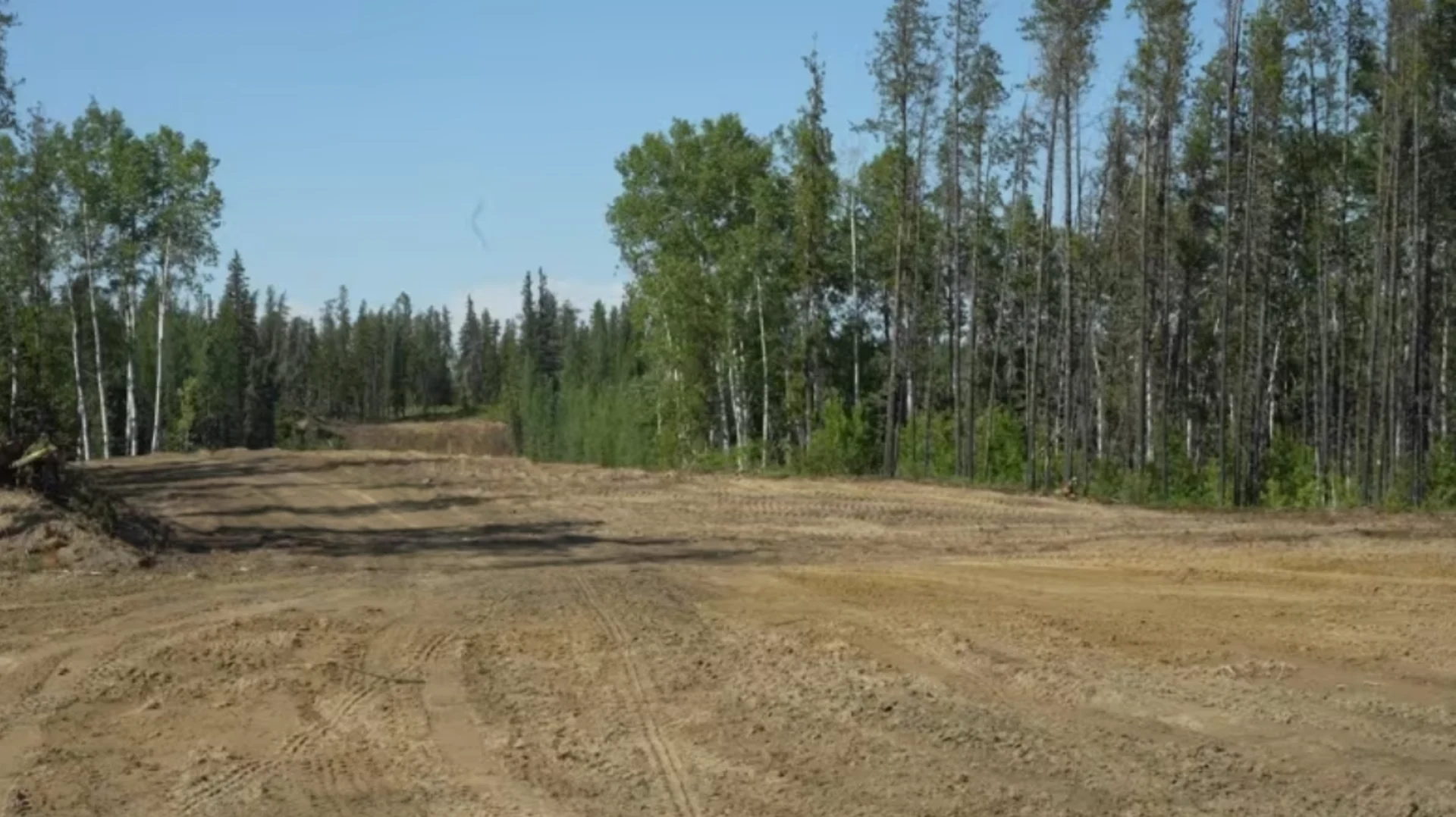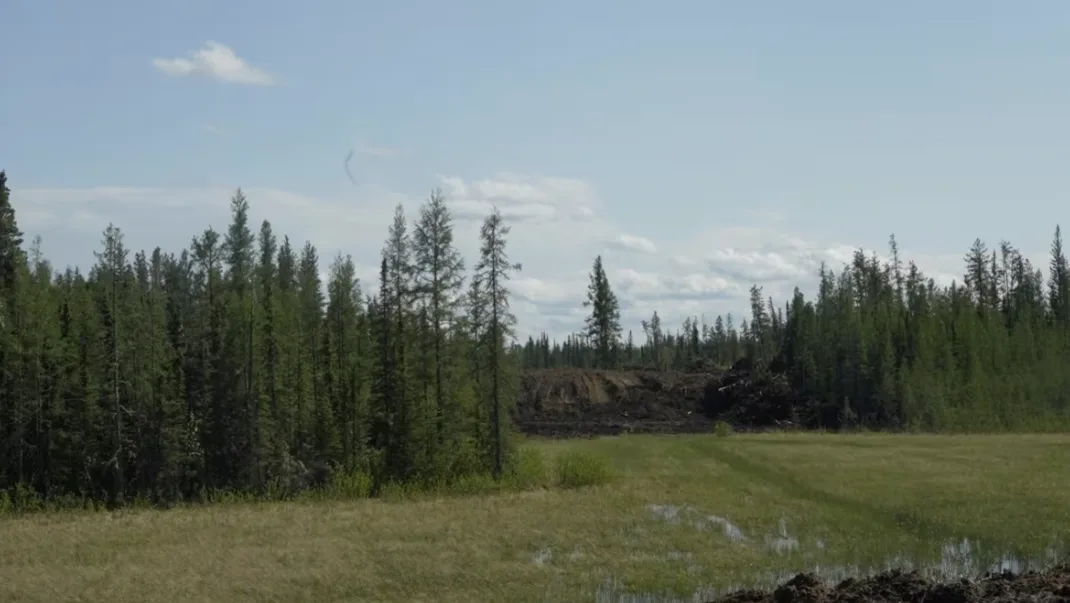
How thinning out trees for dirt, grass and shrubs is part of fighting wildfires
Visit The Weather Network's wildfire hub to keep up with the latest on the active start to wildfire season across Canada.
There's a growing gap in the treeline outside Grande Prairie.
Work is underway on a fireguard southeast of the city, removing trees that could become fuel for a wildfire. Construction started in mid-May, when the Dunes West wildfire forced hundreds in the surrounding County of Grande Prairie to flee their homes.
When it's finished, the fireguard will be up to 200 metres wide and 30 kilometres long, according to the county and city.
Researchers say fireguards are part of the wildfire management puzzle. Jen Beverly, a University of Alberta assistant professor of wildland fire, said taking out trees and other vegetation can help stop low-intensity fires.
ALSO SEE: Safeguard your home, community against wildfires before it's too late
"They're not often constructed to stop a high-intensity fire. They're intended to be helpful operationally, in combination with other tactics, to potentially slow the fire down," she said.
Beverly said a fireguard can also be an ignition point to fight fire with fire when conditions allow.
"That's where you ignite a fire in advance along a control line, so it might be along that fuel break."
She added resources like water trucks can also be deployed along a guard to fight a blaze encroaching on a community.

A wetland is part of the fireguard southeast of Grande Prairie. (Luke Ettinger/CBC)
City of Grande Prairie Mayor Jackie Clayton said the new fireguard will help protect homes and critical infrastructure.
"The fireguard mitigates risk against Aquatera, which is our water and wastewater treatment facility, not only protecting homes, but really safeguarding the region."
The project is anticipated to cost $7.5 million total, with $5 million provided through a provincial grant program established in response to this year's wildfires. The city and county are covering the rest of the cost.
"By working collaboratively with communities to construct fireguards, we will leverage local expertise and be able to mitigate wildfire impacts," Alberta Forestry, Parks and Tourism spokesperson Leanne Niblock said in a statement.
"While this season has been unprecedented, wildfires happen every year."
Protection during past emergencies
County of Grande Prairie Reeve Bob Marshall said fireguards built southwest of the city were an effective tool when county communities were at risk this spring. He said there are discussions about keeping the protective infrastructure that was built to battle the blaze.
"Those were constructed on private land, where [the southeast fireguard] is pretty much all on Crown land. So the difference is we have a little more latitude working with the landowners and whether those stay as fireguards," Marshall said.
RELATED: Top five ways human-caused wildfires start
During the Chuckegg Creek fire in 2019, the town of High Level brought in bulldozers to clear a 3.5-kilometre fireguard around the northwest perimeter of the community.
High Level director of emergency services and fire chief Rodney Schmidt said water cannons were tested along the guard, and it could serve as an ignition point to protect the community in the future.
"We burned off 6,000 hectares during that [2019] fire," Schmit said.
"So the fireguard gives us a predetermined point where we could do that if we had to again."
Schmidt said High Level used the fireguard to divide wooded areas between unmanaged forest and places where steps had been taken to reduce wildfire risk.
"So when the dozers came in, they went along that fuel-treated area."
Schmidt said the guard is seeded with a short grass and other plants with lower flammability. He said it's part of the hazard-reduction burning every spring in High Level, and the municipality maintains the grass height.
WATCH: How the vegetation is helping to spread wildfires in Alberta
But grass isn't the only option in corridors designed to slow a wildfire's progress.
Kira Hoffman, a post-doctoral researcher at the University of British Columbia, said fire-resistant shrubs and berry bushes are another option to help slow down wildfire spread.
She said fireguards, also known as firebreaks, have been used by Indigenous communities for thousands of years.
"When I'm thinking about permanent firebreaks, I'm really not thinking permanent at all. I'm thinking about an ever-changing dynamic and growing firebreak."
But Hoffman added high-intensity wildfires can still spread floating embers as far as three kilometres away, and that can pose a risk even if a fireguard is in place.
"I think that we also need to be aware that these firebreaks are not going to save towns, and that's not what they're designed for," she said.
"They're designed to slow down fires so you have time to leave the town."
Thumbnail image courtesy of Luke Ettinger/CBC.
This article, written by Luke Ettinger, was originally published for CBC News.










